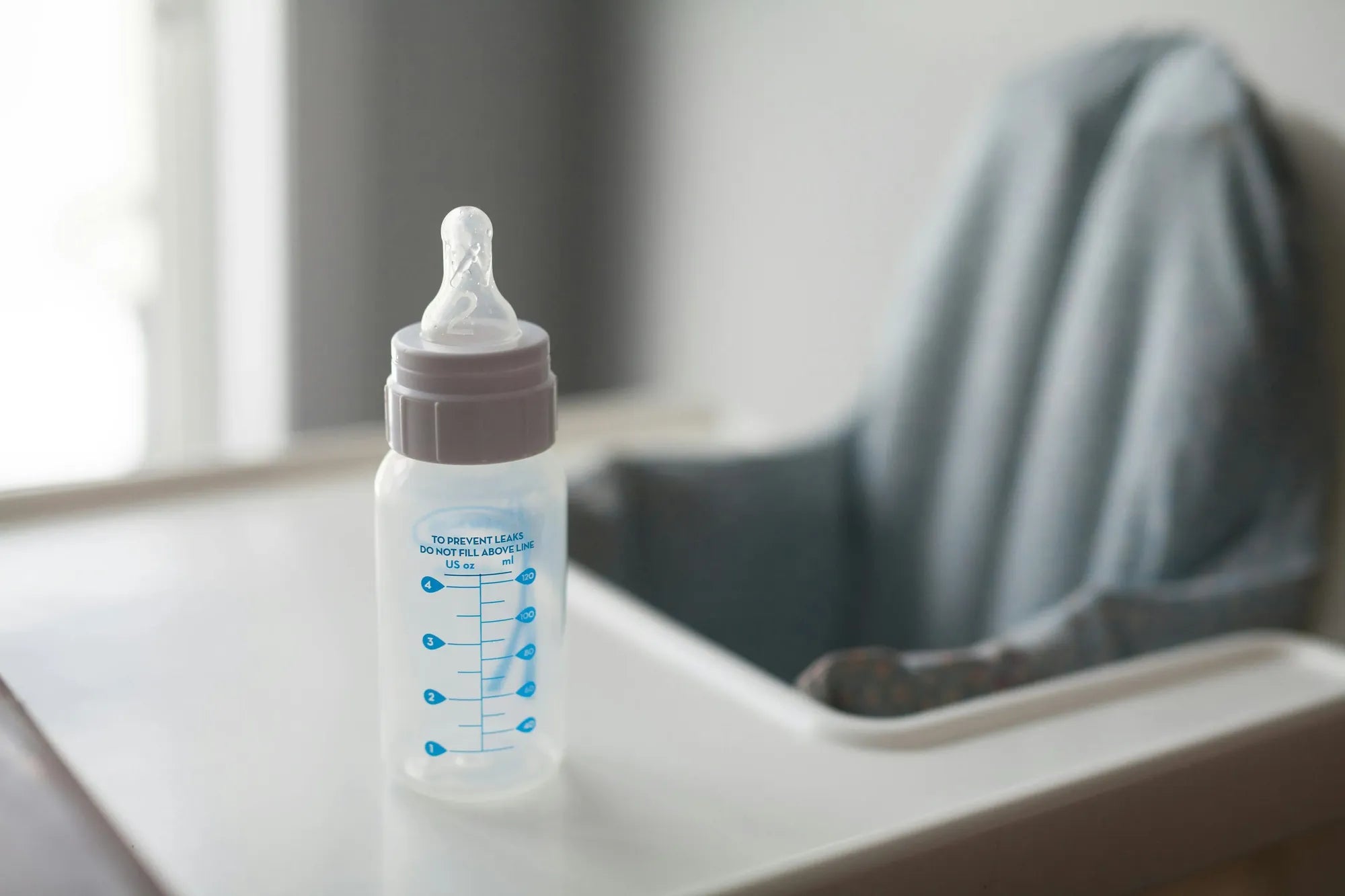Inicio
Pregnancy, Breastfeeding, and Pumping: The Ultimate Guide for Moms
How Long Does Breast Milk Stay Good After You Pump

How Long Does Breast Milk Stay Good After You Pump
Breast milk is often referred to as liquid gold, and for good reason. It provides essential nutrients and antibodies that support your baby's growth and immune system. However, once you pump breast milk, its shelf life becomes a critical concern. Knowing how long breast milk stays good after you pump can help you make informed decisions about storage and feeding, ensuring your baby gets the best possible nourishment.
Understanding Breast Milk Storage Basics
Proper storage of breast milk is key to maintaining its quality and safety. Freshly pumped breast milk can be stored at room temperature, in the refrigerator, or in the freezer, depending on how soon you plan to use it. The storage method you choose will directly impact how long the milk stays good.
Room Temperature Storage
If you plan to use the milk within a few hours, storing it at room temperature is a convenient option. Freshly pumped breast milk can stay good at room temperature (up to 77°F or 25°C) for up to 4 hours. However, if the room is warmer, the milk should be used within 2 hours to ensure safety.
Refrigerator Storage
For longer storage, the refrigerator is your best bet. Freshly pumped breast milk can be stored in the refrigerator (at 40°F or 4°C) for up to 4 days. To maintain its quality, place the milk in the back of the refrigerator where the temperature is most consistent. Avoid storing it in the door, as the temperature fluctuates more there.
Freezer Storage
If you don't plan to use the milk within a few days, freezing is an excellent option. Breast milk can be stored in the freezer (at 0°F or -18°C) for up to 6 months, although using it within 3 months is ideal for optimal quality. For longer storage, a deep freezer can keep breast milk good for up to 12 months.
Factors Affecting Breast Milk Freshness
Several factors can influence how long breast milk stays good after you pump. Understanding these factors can help you take steps to preserve the milk's quality and safety.
Hygiene Practices
Proper hygiene is essential when handling breast milk. Always wash your hands thoroughly before pumping and ensure that all pumping equipment is clean and sterilized. Contamination from bacteria or other pathogens can shorten the milk's shelf life and pose health risks to your baby.
Storage Containers
The type of container you use to store breast milk can also affect its freshness. Use clean, airtight containers specifically designed for breast milk storage. Avoid using regular plastic bags or containers that may leach chemicals into the milk. Glass or BPA-free plastic containers are ideal choices.
Temperature Fluctuations
Temperature fluctuations can significantly impact the quality of stored breast milk. Avoid leaving milk at room temperature for extended periods, and ensure that your refrigerator and freezer maintain consistent temperatures. Thawed breast milk should never be refrozen, as this can compromise its safety and nutritional value.
Tips for Maintaining Breast Milk Quality
To ensure your pumped breast milk stays fresh and safe for your baby, follow these practical tips:
Label and Date Containers
Always label your storage containers with the date and time you pumped the milk. This practice helps you use the oldest milk first and ensures that none of it goes to waste.
Use Small Portions
Store breast milk in small portions, such as 2 to 4 ounces, to minimize waste. This approach allows you to thaw only the amount you need for each feeding.
Thaw Milk Safely
When thawing frozen breast milk, do so gradually by placing it in the refrigerator overnight or running it under warm water. Avoid using a microwave, as it can create hot spots that may burn your baby's mouth and destroy valuable nutrients.
Check for Spoilage
Before feeding your baby, always check the milk for signs of spoilage. Spoiled breast milk may have a sour smell or appear clumpy. If you notice any unusual changes, discard the milk immediately.
Common Questions About Breast Milk Storage
Many parents have questions about how to store and use pumped breast milk. Here are answers to some of the most common queries:
Can I Mix Fresh and Frozen Breast Milk?
Yes, you can mix fresh and frozen breast milk, but it's important to cool the freshly pumped milk in the refrigerator before combining it with frozen milk. This step prevents the frozen milk from thawing prematurely.
How Long Can Thawed Breast Milk Stay in the Refrigerator?
Thawed breast milk can stay in the refrigerator for up to 24 hours. After this period, it should be discarded to ensure safety.
Can I Reheat Breast Milk?
Yes, you can reheat breast milk, but only once. Reheating it multiple times can degrade its nutritional quality and increase the risk of bacterial growth.
Final Thoughts on Breast Milk Storage
Breast milk is a precious resource that provides unparalleled benefits for your baby. By understanding how long breast milk stays good after you pump and following proper storage guidelines, you can ensure that your baby receives safe, nutritious, and high-quality milk every time. Whether you're storing milk for a few hours or several months, these tips will help you make the most of your liquid gold.
Compartir
